Hundreds of Palestinians in the south Hebron hills are living under the fear of imminent displacement because the Israeli army says it wants to conduct live-fire drills on their village lands.
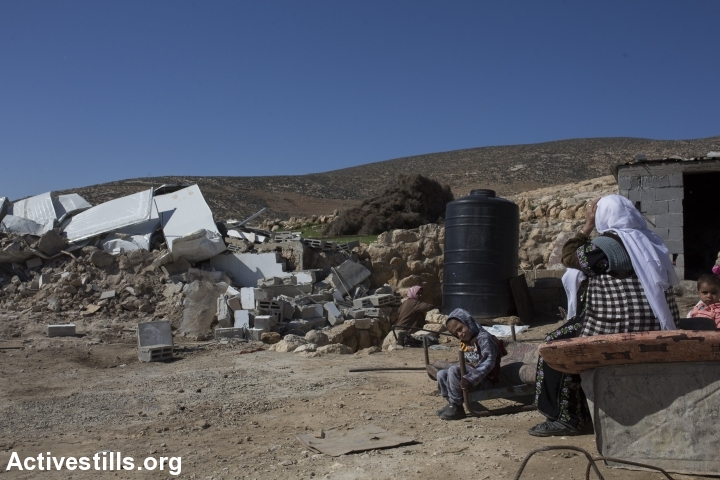
Israel’s High Court of Justice on Wednesday will hear the case of eight Palestinian villages fighting looming demolition and displacement by the Israeli army in an area the military has designated a live-fire zone.
The area in question, Firing Zone 918, has become a flashpoint in ongoing Israeli attempts to push smaller, rural Palestinian communities off their land across the West Bank in the past several decades.
The story begins in the late 1970s, when the Israeli army declared “Firing Zone 918” on an area of approximately 30 square miles in the south Hebron Hills — home to 12 Palestinian villages — ostensibly for military training.
In October of 1999 the army expelled approximately 700 Palestinian residents of the villages, who had lived there in natural and man-made caves – some on a permanent basis, others only seasonally – long before Israel ever occupied the West Bank. The expulsion orders were handed out on the grounds of “illegal residence in a live-fire zone.” In 2000, the Association for Civil Rights in Israel (ACRI) secured an interim injunction in the Supreme Court, managing to halt the displacement, thus allowing the residents to return to their homes.
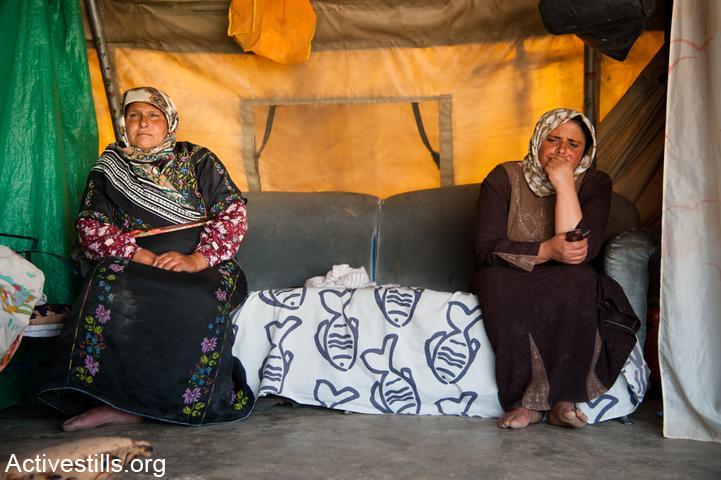
In 2002, villagers and the army entered court-ordered mediation, in which the army sought to relocate the Palestinian residents to a smaller area nearby. The Palestinian residents refused, however, and in 2005 the process ended without any result.
The situation has remained more or less stagnant ever since. The villagers continue to live in the area under constant threat of expulsion, while the IDF has been forbidden to train with live fire there or damage the residents’ fields, livestock or produce.
In 2012, after years without progress, the state decided to revive the case, while publishing the defense minister’s new position on the issue: the boundaries of the firing zone would be slightly reduced, leaving out four villages previously slated for demolition and displacement. Even under the new plan, however approximately 1,000 men, women, and children would be kicked out of their homes.
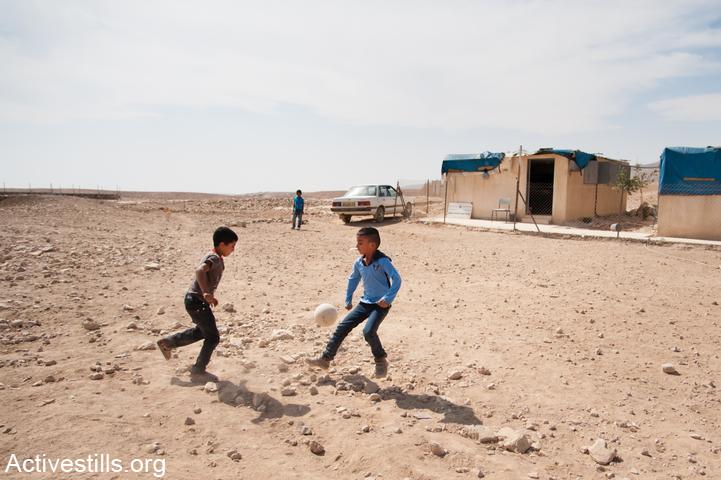
More than two years ago the Israeli Supreme Court ordered the army to re-enter mediation with the Palestinian residents of the firing zone. After the mediation broke down, however, authorities demolished over 20 structures in Khirbet Jenbah and Khirbet al-Halawah, two of the villages slated for displacement.
In May 2016, the state proposed a new plan, according to which residents of the eight villages would temporarily evacuate their homes whenever the army decides to train in the firing zone. Surprisingly, the new plan would include Maghair al-Abid and Mufqara — two villages that were excluded from the revised demolition plans published in 2012.
Making permanent residents temporary
In the distant past, 200 years ago, settlement in the area was indeed a seasonal affair in accordance with the agricultural timetable. Over the years, however the caves became permanent homes for a large proportion of families. Today about 1,300 people live in the area on a permanent basis. In addition, family members from the nearby city of Yatta, along with other villages outside the firing zone, join them during planting and harvesting seasons to help work the land.
According to Israeli authorities, the army requires the firing zone in order to maintain the fitness of its combat forces, especially following the disastrous aftermath of the Second Lebanon War.
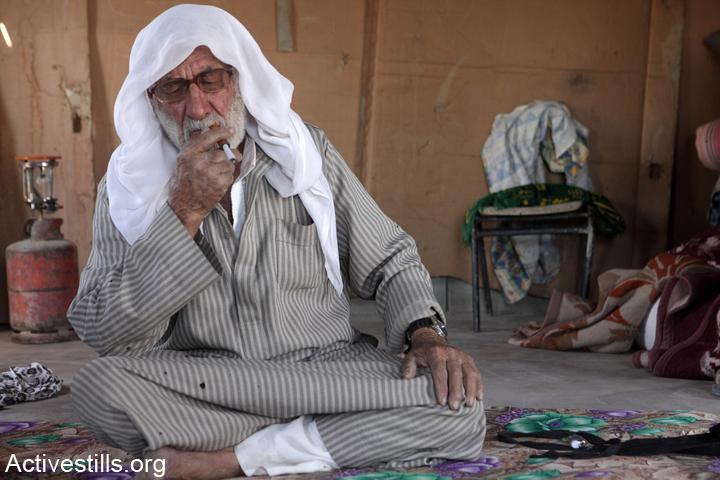
Yet existing military law forbids expelling permanent residents from a firing zone, says ACRI Attorney Roni Pelli:
The army’s decision to declare “Firing zone 918” contradicts international law, and the prohibition on creating live-fire zones in populated or cultivated areas. The state knows this, which is why it has been dragging the issue in court for the past decade and a half. Hundreds of people are living under the threat of imminent demolition. According to international law, the residents cannot be expelled, yet the state stubbornly insists on violating the law and harming the rights of the residents.
The state, for its part, claims that most of the villagers are not permanent residents, but rather seasonal residents (who come to tend to crops and graze) and as such the prohibition does not apply to them.
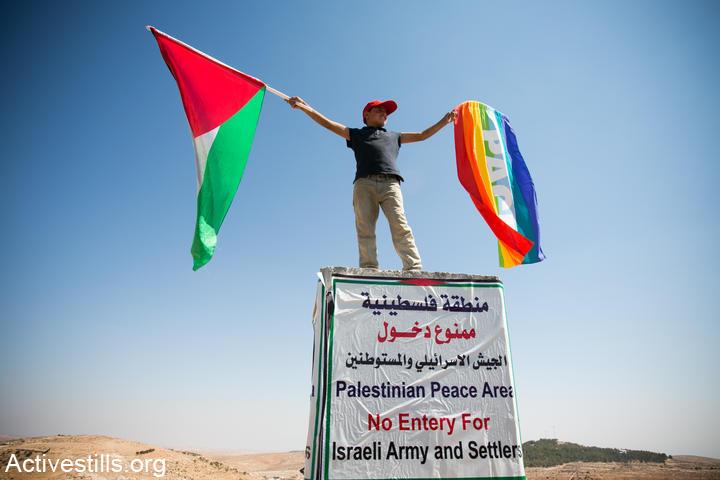
Although international law permits the military to make use of occupied territory for the benefit of security needs related to the territory itself, these security needs must also take into account the interests of the residents and can not disproportionately harm their rights, ACRI argues (Heb).
Firing Zone 918 has gained significant international attention in recent years, with Israeli and international authors — including Michael Chabon, Dave Eggers, Ian McEwan, Nobel laureate Herta Müller, and Philip Roth — urging Israel “to halt its displacement of the Palestinian villages located in Firing Zone 918.”


